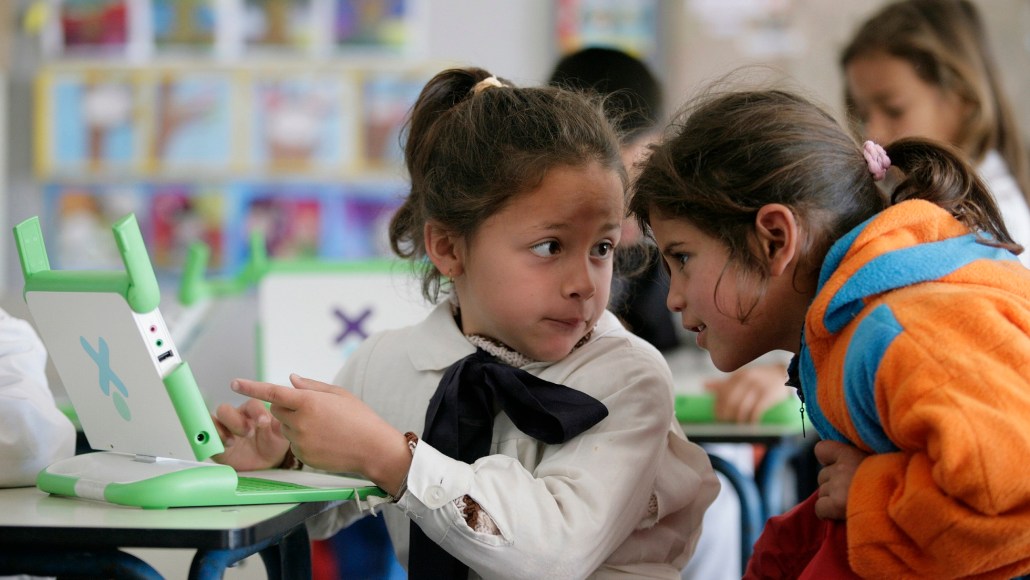Nonetheless, several studies that have looked into the relationship between education and female natal disadvantage in countries with a strong son preference have come up with mixed conclusions.
Taking a glance at the old data where Women account for a third of the students at this level (Ministry of Human Resource Development (MHRD), 1993), despite the fact that only a small percentage of the Indian population attends college, the sex ratio and female encouragement for education in education has improved and showed a great deal of success in recent years.

Since 2011-12, enrolment has grown by 82.2 lakh at a 3.6 percent compound annual growth rate (CAGR), with 30.4 lakh men growing at a 2.5 percent CAGR and 51.8 lakh women growing at a phenomenal 4.9 percent CAGR. Women are enrolling at a faster rate; the latest data backs up our prior research (FE, June 6), indicating that women are increasingly gravitating toward HE with more defined goals.
The general Education enrollment has also jumped much more than before. For the time being, India has sufficient infrastructure to support rapid brownfield expansion, which is easier, faster, and more cost-effective. The requirement of the hour is to develop and strengthen our existing institutions, as well as to increase education and GER quality.

Still, A War left Against Inequality!
Although the success has been in recent highlights, the challenges have not yet vanished from the demographic domain. Education in India was studied as part of the 75th round of the National Sample Survey (NSS), which ran from July 2017 to June 2018, and provided a detailed analysis of female literacy rates in every state of India, based on people aged seven and up.
According to the survey, the female literacy rate in India is 70.3 percent, while the male literacy rate is expected to be 84.7 percent. The Difference in gender inequality owes its credit to various factors still prevailing in the Indian society at the very root level.
Even though school is free, the costs of books, uniforms, and transportation to and from school can be prohibitive for low-income families. Poor families are also more likely to keep their daughters at home to look after younger siblings or work in the family business.

When a family must choose between educating a son or a daughter due to financial constraints, the son is usually chosen.
A girl’s education might also be hampered by negative parental attitudes regarding educating her daughters. Many parents see their sons’ education as an investment because they will be responsible for caring for their aging parents.
Parents, on the other hand, may view daughters’ education as a waste of money because daughters will eventually live with their husbands’ families, with no benefit to the parents.
Centre Speaks!
The contribution of the government has also been significant in eradicating some ignorance from society. The government’s (Beti Bachao Beti Padhao Andolan (BBBP) has resulted in enhanced awareness and sensitization of the masses regarding the existence of gender bias and the responsibility of the community in eradicating it, the ministry said ahead of National Girl Child Day on Sunday.
At the national level, positive trends of improvement in the sex ratio at birth (SRB) have been noted, according to the ministry.





